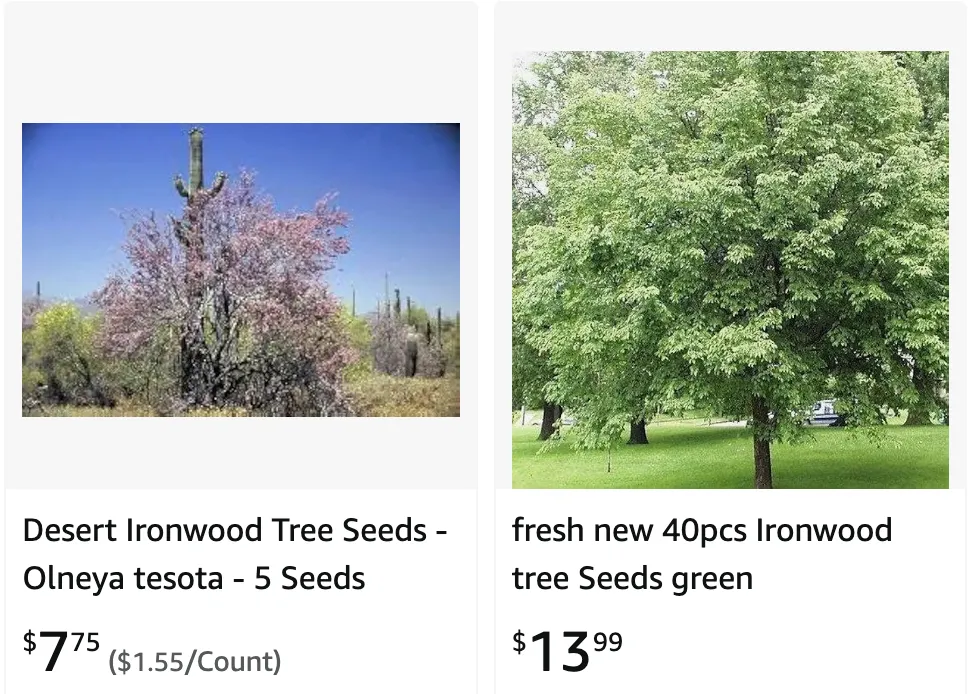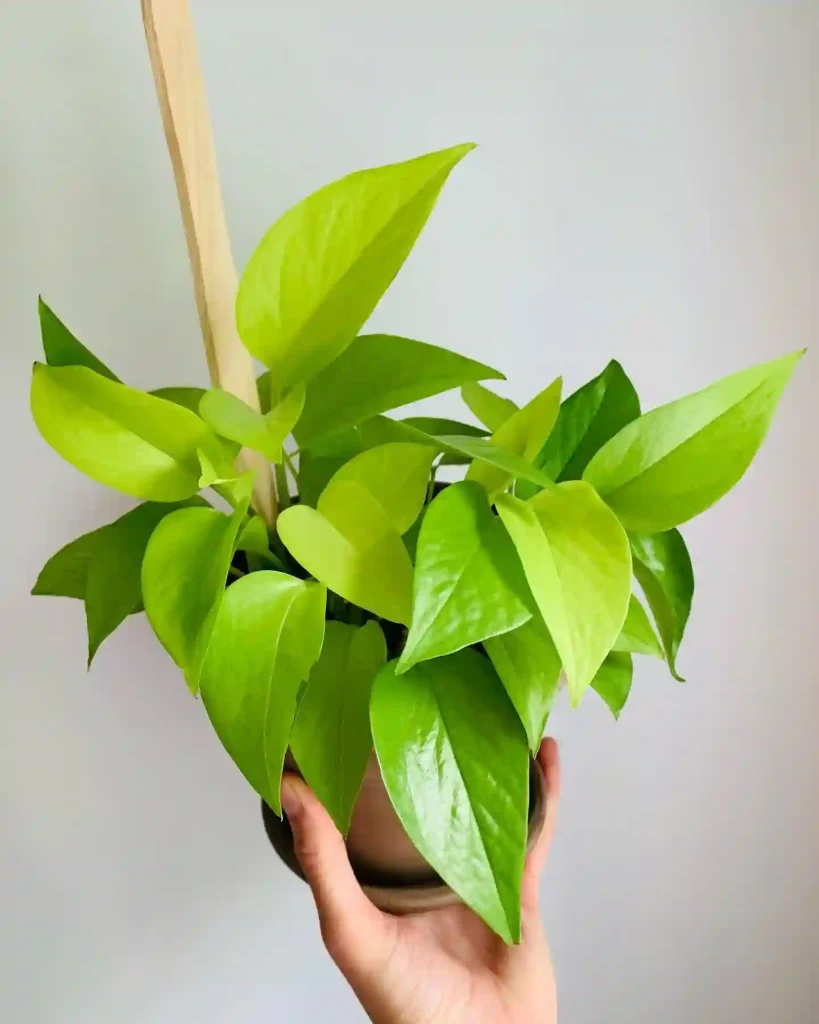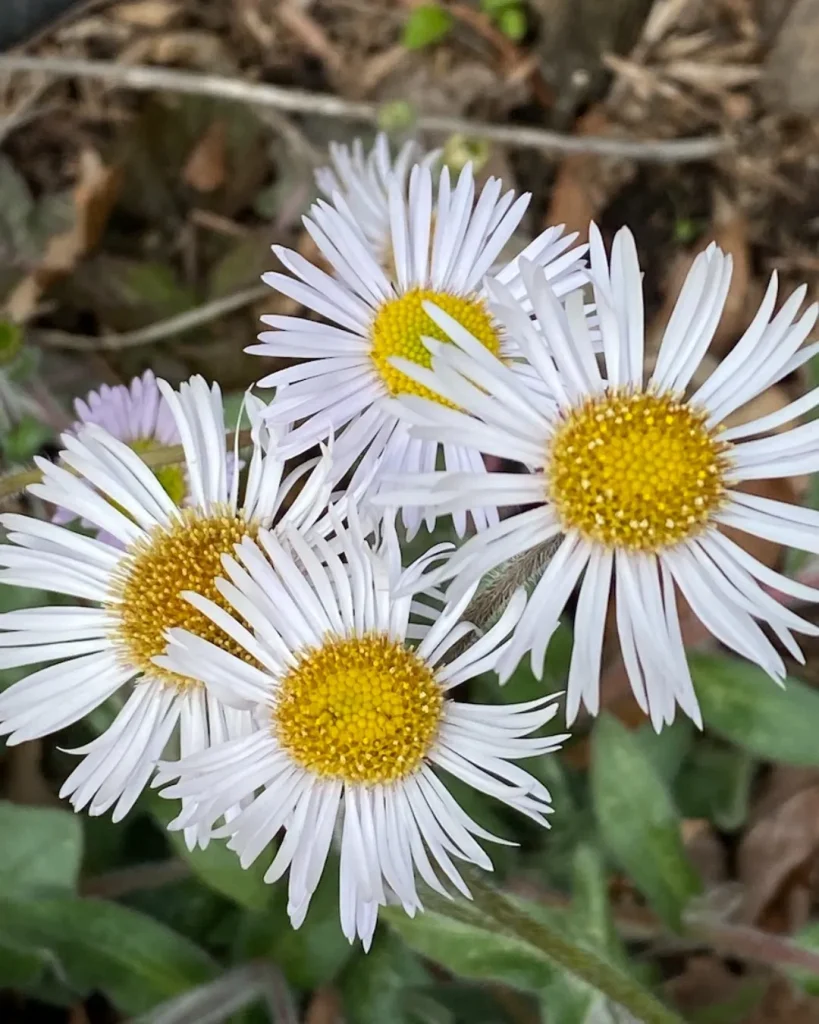
What is Ironwood?
Ironwood is a common name given to several types of trees known for their exceptionally hard and dense wood. This wood is often heavier than water and is prized for its incredible strength and durability. While there are many species that go by the name “ironwood,” they share similar characteristics:
- Tough wood: The wood is incredibly hard, making it resistant to wear and tear.
- Heavy: The density of the wood is often higher than water.
- Durable: It’s resistant to rot and decay, making it long-lasting.
Common examples of ironwood trees include:
- Eusideroxylon zwageri: A tropical tree with the world’s densest wood.
- Hornbeam: Found in North America, known for its tough, pale wood.
- Hop hornbeam: Also from North America, with wood similar to hornbeam but with distinctive hop-like fruit.
- Acacia: Various species found in Australia and Africa, with extremely hard and dense wood.
What Does Ironwood Do in Water?
Ironwood is highly resistant to water, making it an excellent choice for various applications where moisture is a concern. The wood’s density and tight grain structure prevent it from absorbing water easily, which helps it remain stable and durable even in wet conditions. This property makes Ironwood ideal for use in outdoor furniture, boat building, and other marine applications.
What Does an Ironwood Tree Look Like?
Ironwood Trees are relatively small to medium-sized, typically reaching heights of 20 to 50 feet. The bark is grayish-brown and smooth when the tree is young, becoming rough and flaky as it matures. The leaves are simple, oval-shaped, and have serrated edges. In the fall, the foliage turns a beautiful yellow, adding a splash of color to the landscape. The tree produces small, hop-like fruit clusters that add to its ornamental appeal.
What Is Ironwood Used For?
Ironwood is renowned for its strength and hardness. Its uses are diverse, ranging from tool handles to flooring. Here are some common uses:
- Tool Handles: Due to its toughness, Ironwood is perfect for making durable handles for tools like hammers and axes.
- Flooring: The wood’s resilience and attractive grain make it a popular choice for high-quality flooring.
- Furniture: Its water resistance and aesthetic appeal make it ideal for both indoor and outdoor furniture.
- Carvings: Artisans appreciate Ironwood for detailed carvings and sculptures because of its fine grain and stability.
How to Care for an Ironwood Tree?
Caring for an Ironwood Tree involves ensuring it receives adequate sunlight and water. Here are some tips:
- Sunlight: Ironwood Trees thrive in full sun to partial shade. Ensure they receive at least 6 hours of direct sunlight daily.
- Watering: Young trees need regular watering until they are established. Once mature, they are relatively drought-tolerant but still benefit from occasional deep watering during dry spells.
- Soil: Ironwood prefers well-drained soil. If your soil is heavy clay, consider amending it with compost to improve drainage.
- Pruning: Regular pruning helps maintain the tree’s shape and remove any dead or diseased branches.
How to Propagate an Ironwood Tree?
Propagating Ironwood Trees can be done through seeds or cuttings:
- Seeds: Collect seeds from mature fruit in the fall. Stratify them by placing them in moist sand in the refrigerator for several months before planting in the spring.
- Cuttings: Take semi-hardwood cuttings in late summer. Dip the cut ends in rooting hormone and plant them in a well-draining potting mix. Keep the cuttings moist and in a humid environment until they root.
What Are the Benefits of Planting Ironwood Trees?
Ironwood Trees offer numerous benefits:
- Erosion Control: Their robust root systems help prevent soil erosion.
- Wildlife Habitat: The tree provides food and shelter for various wildlife, including birds and small mammals.
- Aesthetic Appeal: With their attractive foliage and unique fruit clusters, Ironwood Trees enhance the beauty of any landscape.
What to Plant with Ironwood Trees?
Companion planting with Ironwood Trees can enhance the health and appearance of your garden. Consider these options:
- Shade-tolerant Plants: Since Ironwood Trees provide moderate shade, plants like hostas, ferns, and impatiens can thrive underneath.
- Native Shrubs: Pairing Ironwood with native shrubs such as dogwood or serviceberry can create a harmonious and wildlife-friendly landscape.
- Ground Covers: Use ground covers like vinca or creeping thyme to help retain soil moisture and prevent weeds.
How Long Do Ironwood Trees Live?
Ironwood Trees are known for their longevity. They can live for several decades, with some specimens reaching over 100 years old. Proper care and favorable growing conditions can extend their lifespan significantly.
Are Ironwood Trees Prone to Any Pests or Diseases?
Ironwood Trees are relatively resistant to pests and diseases, but they can occasionally be affected by:
- Leaf Miners: These insects burrow into leaves, causing them to become blotchy and discolored.
- Aphids: These small insects can weaken the tree by sucking sap from the leaves and stems.
- Canker: This fungal disease causes sunken, dead areas on the bark. Prune out affected branches and improve air circulation around the tree to prevent its spread.
Conclusion
Ironwood Trees are a fantastic addition to any landscape due to their strength, beauty, and versatility. By understanding their needs and characteristics, you can ensure these trees thrive and continue to provide their many benefits for years to come. Whether you’re looking to add aesthetic appeal or practical value to your garden, the Ironwood Tree is an excellent choice.
If i die, water my plants!



